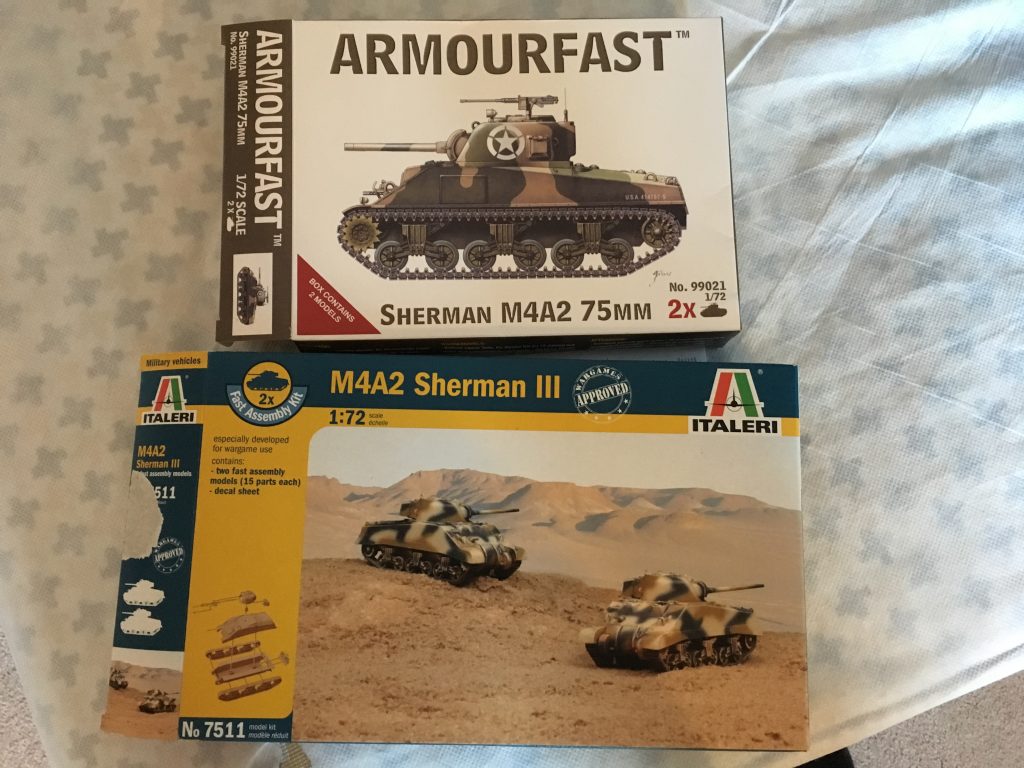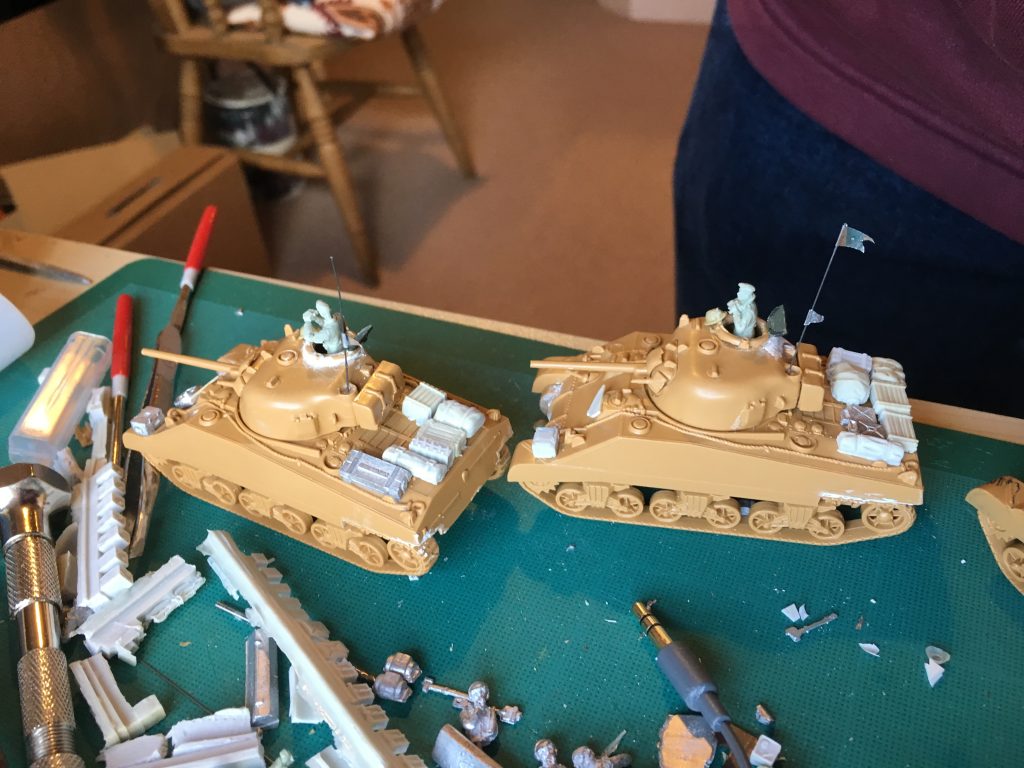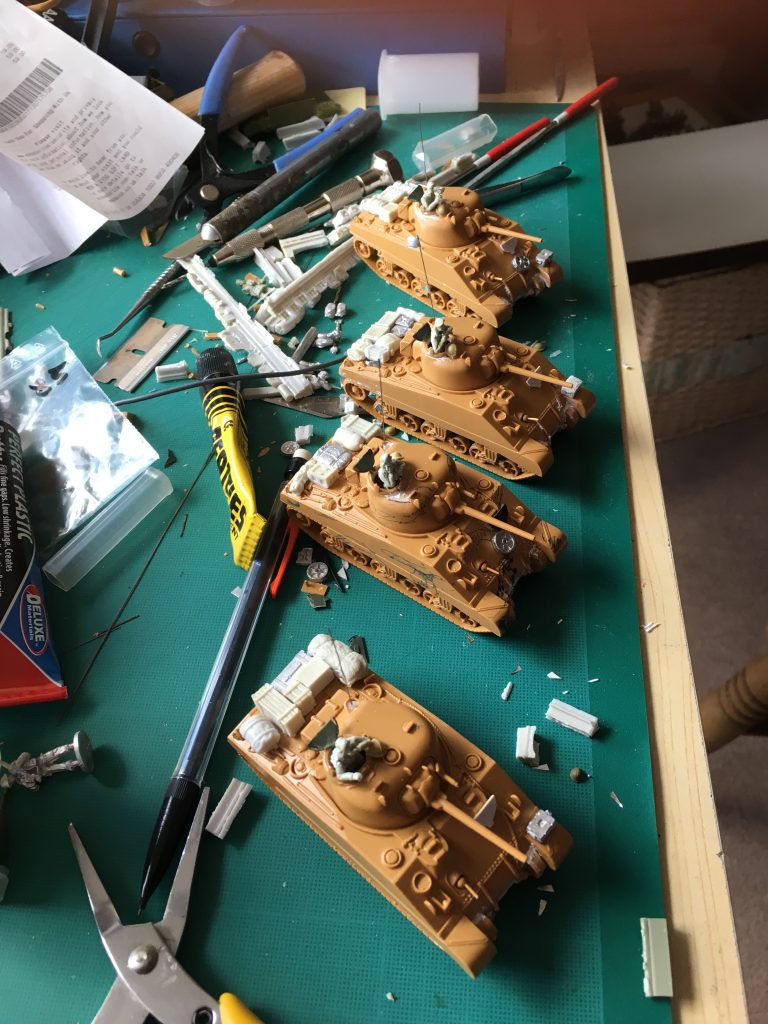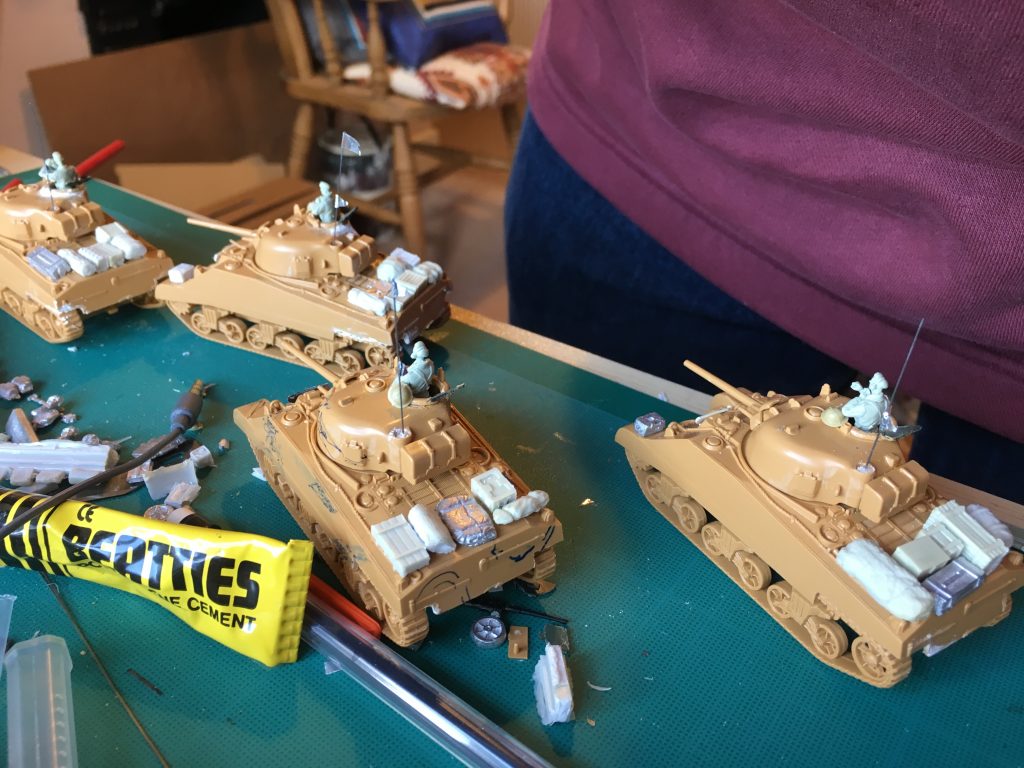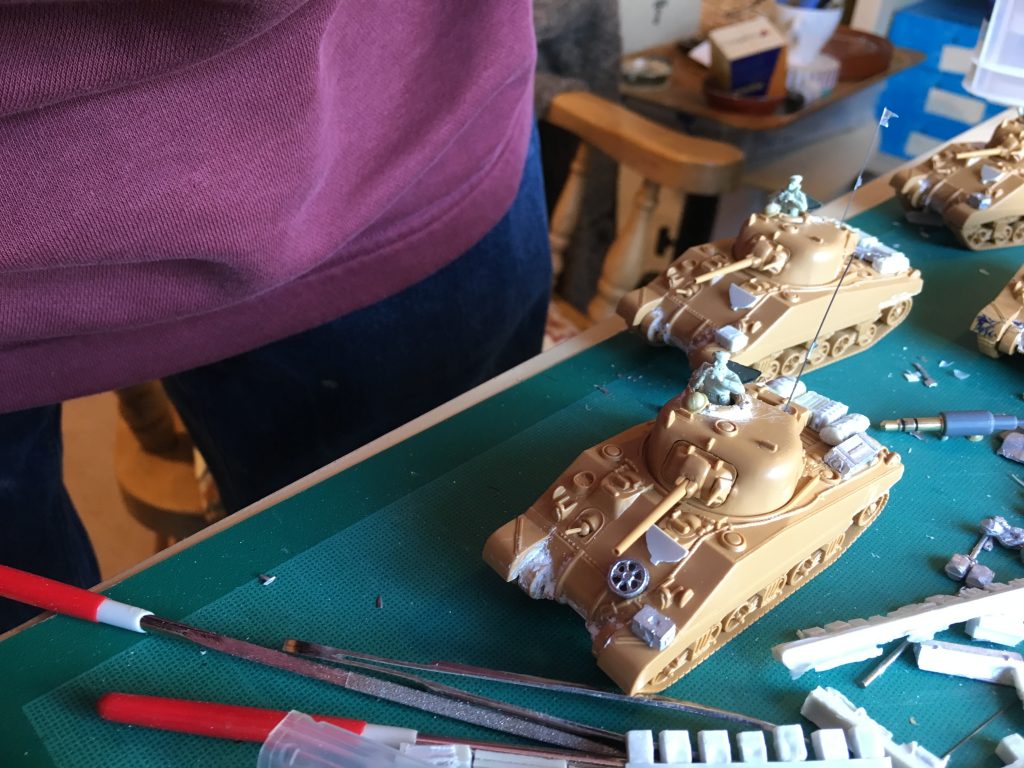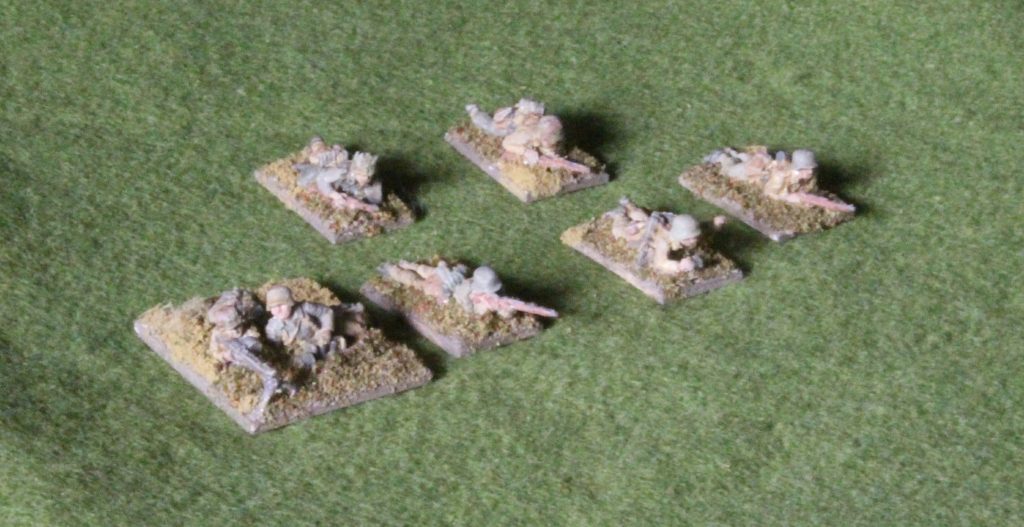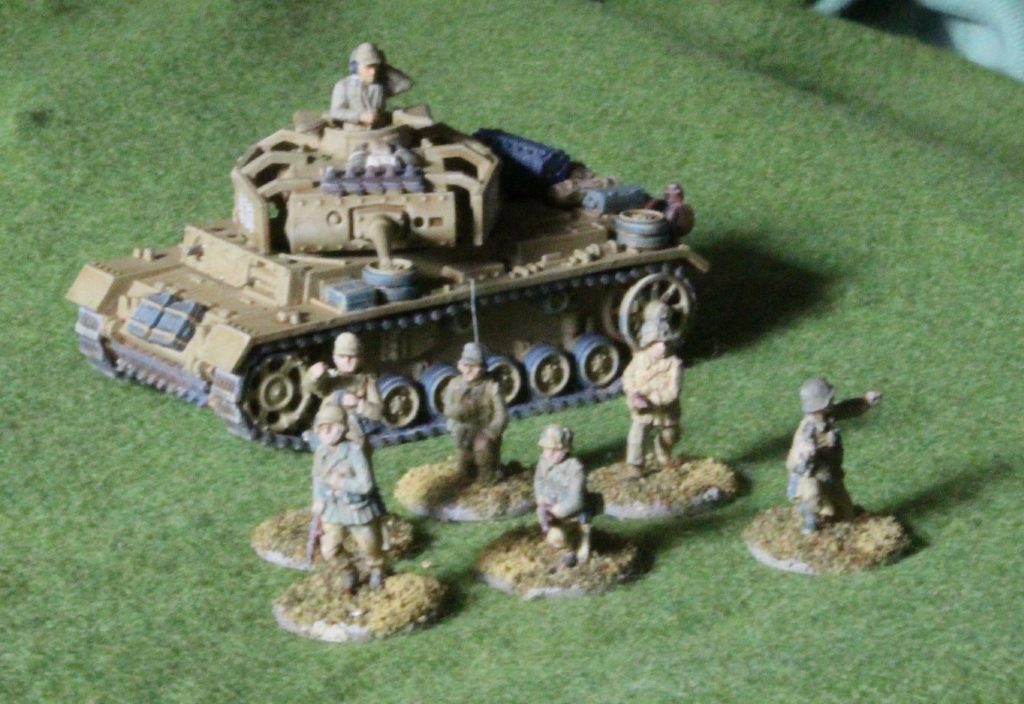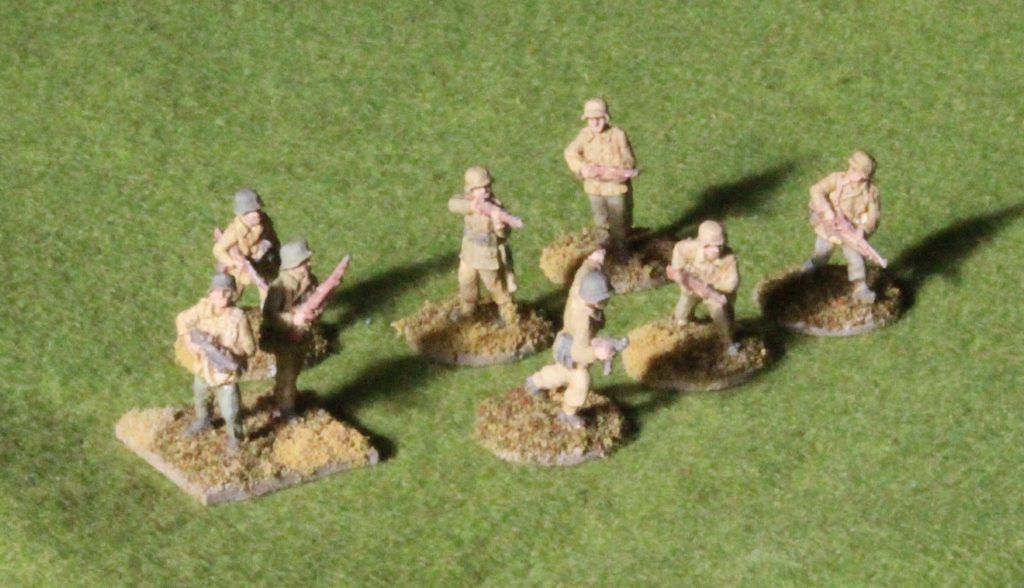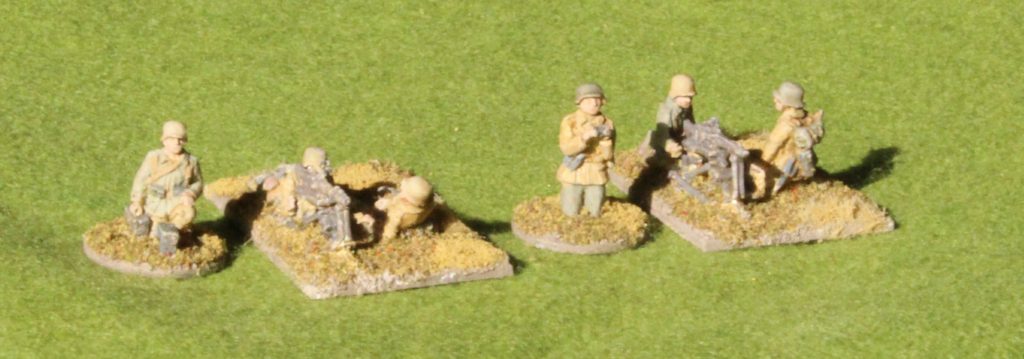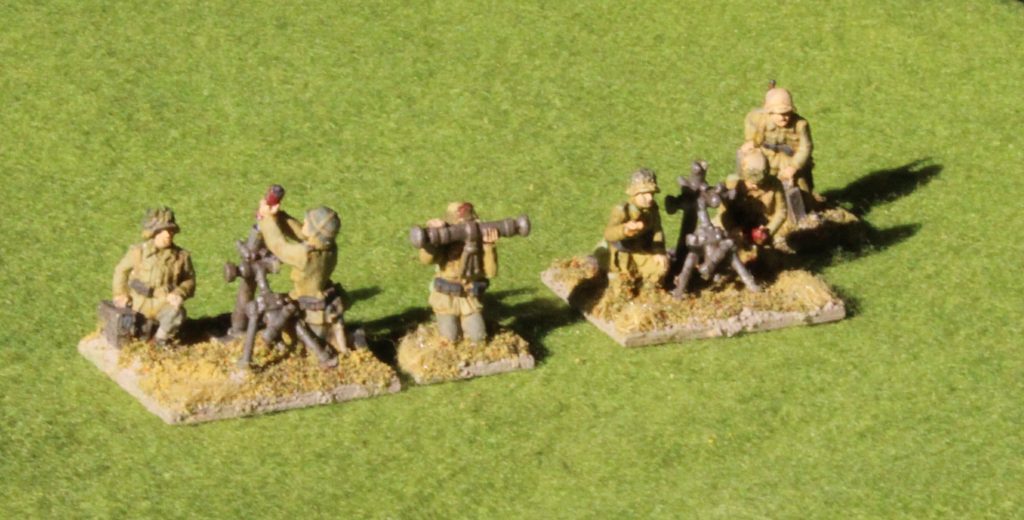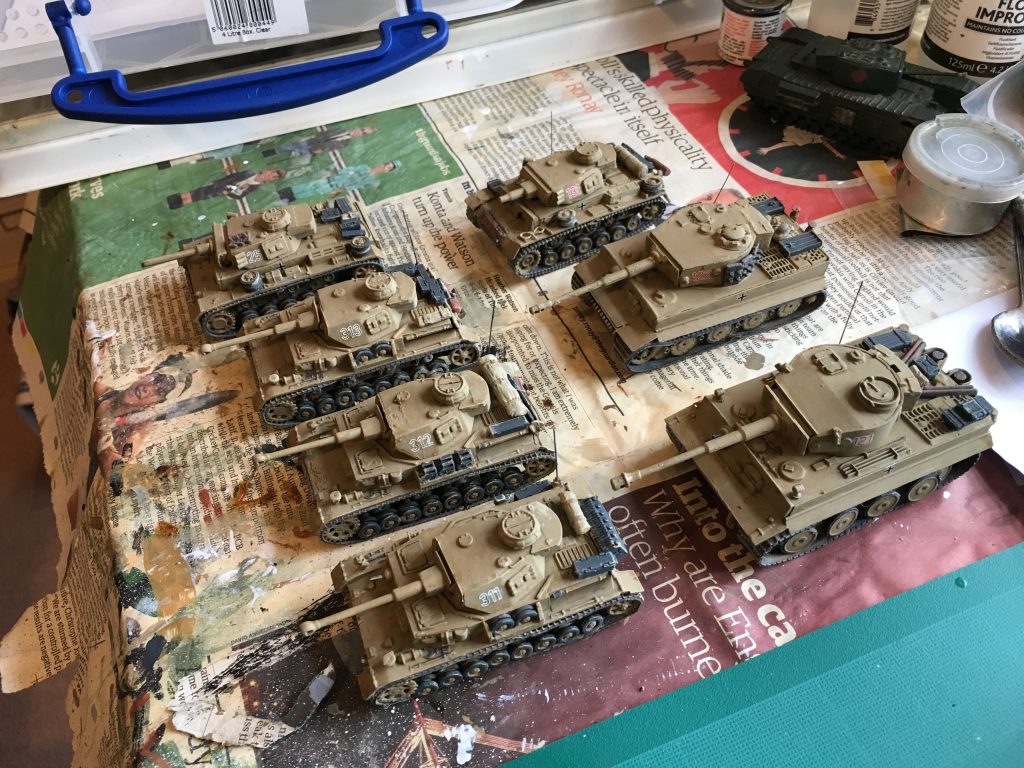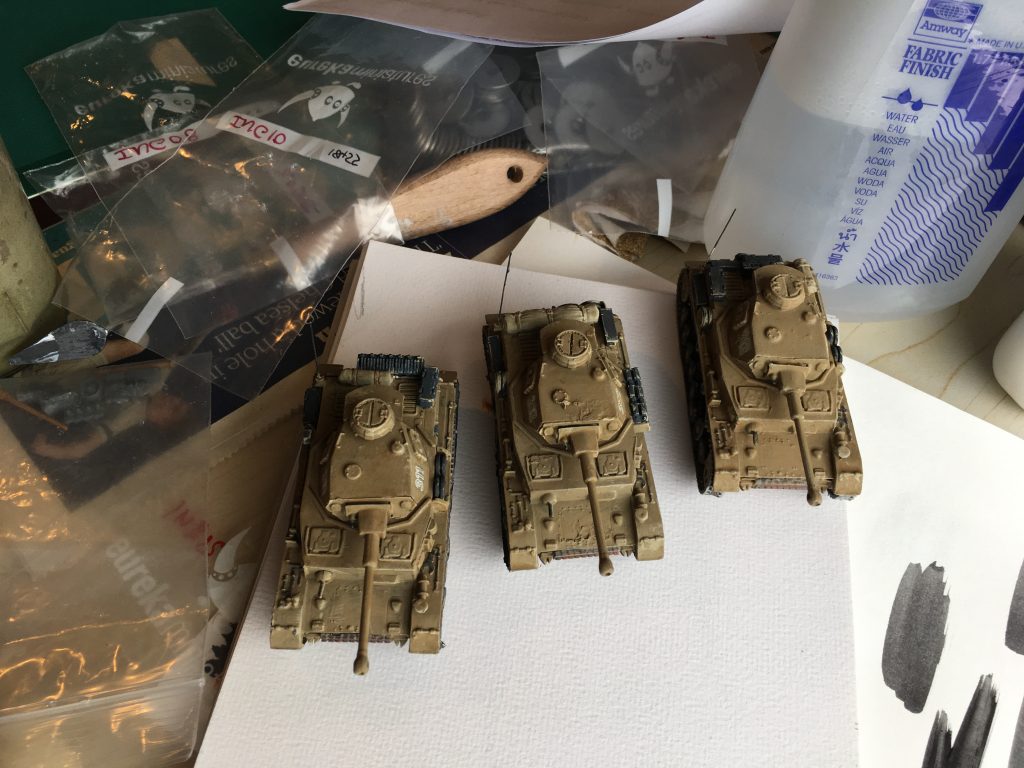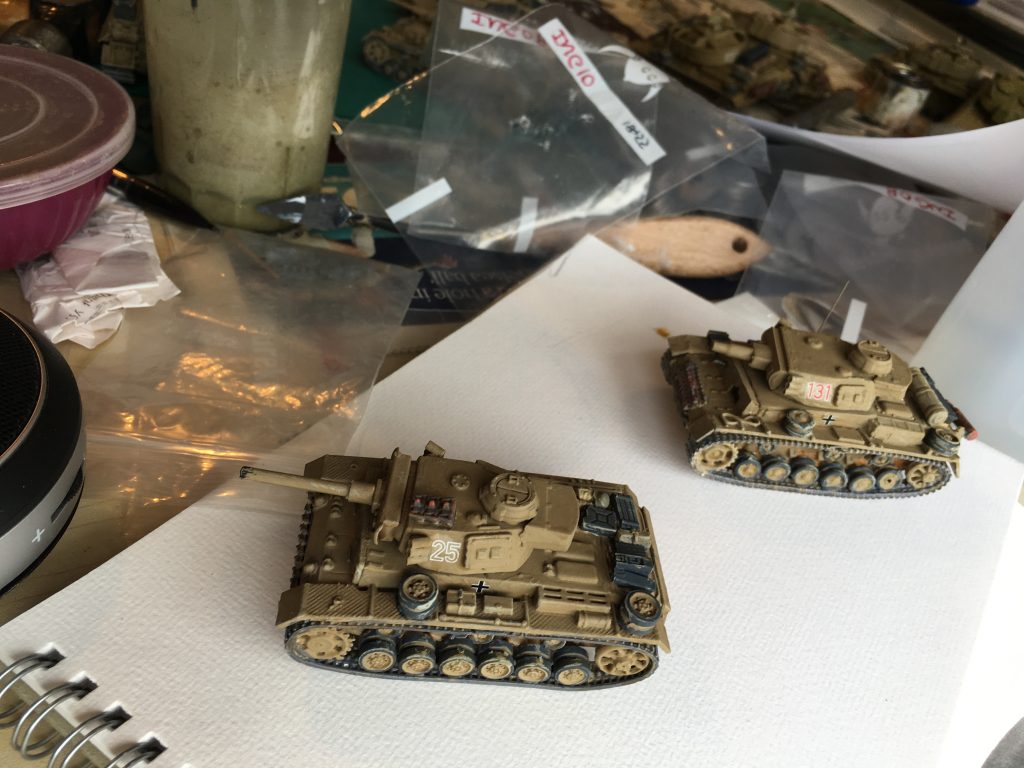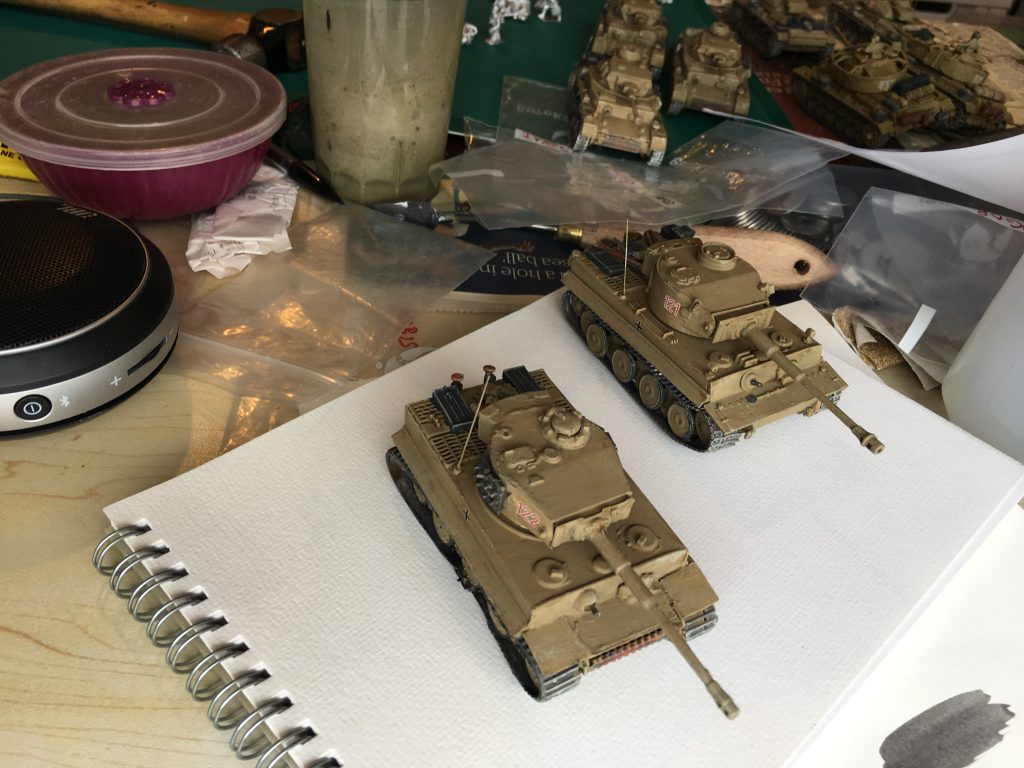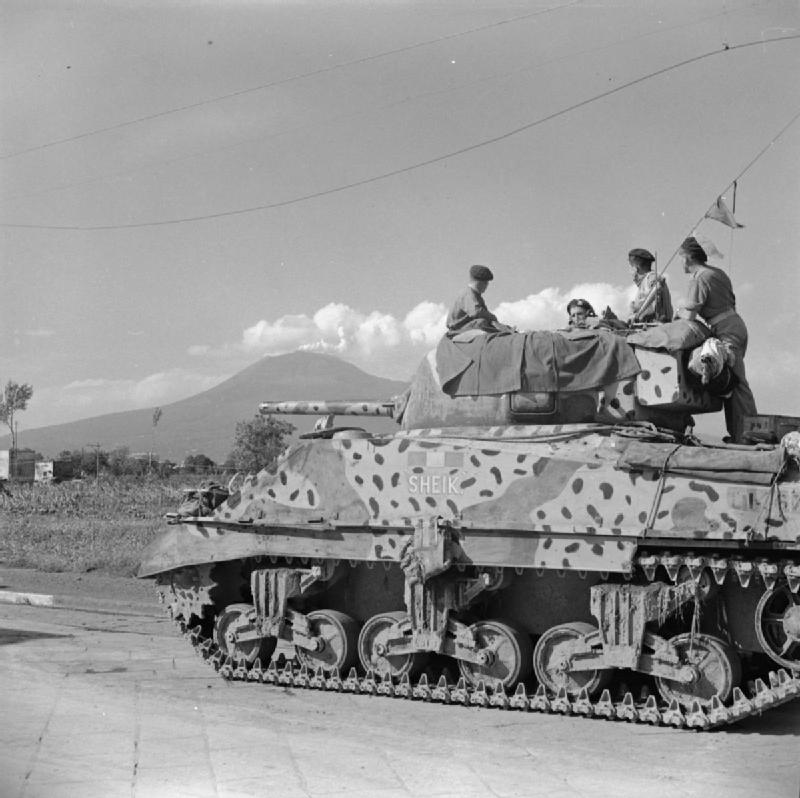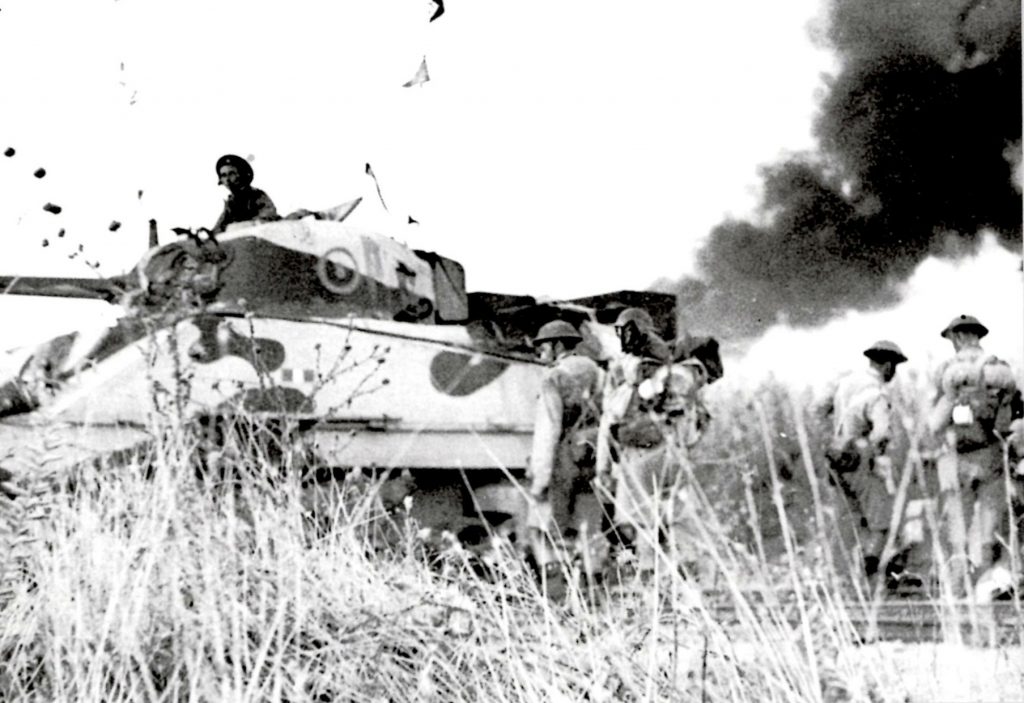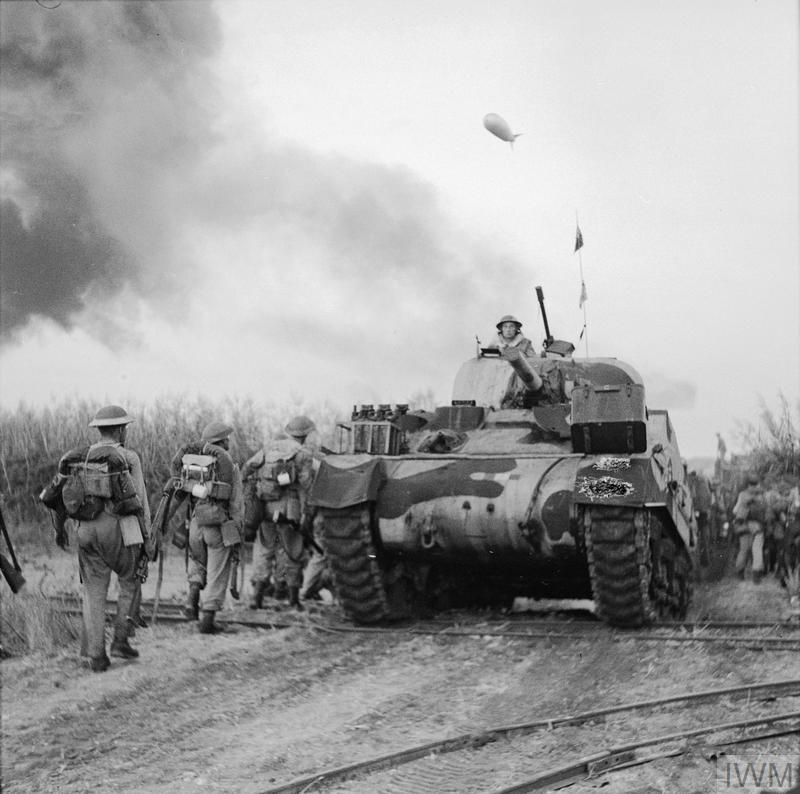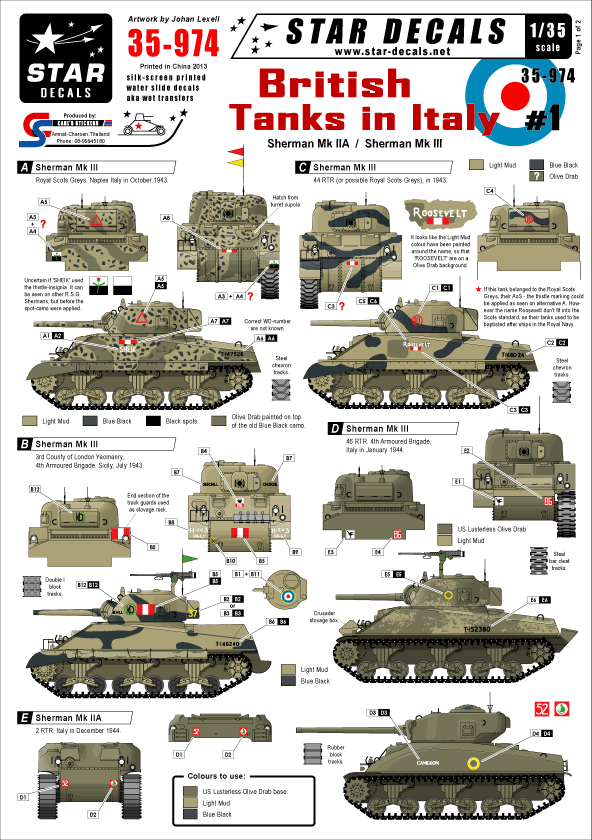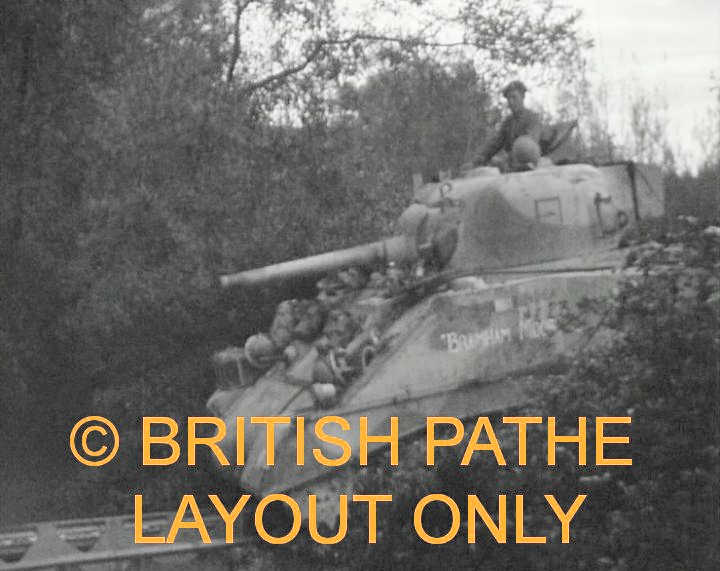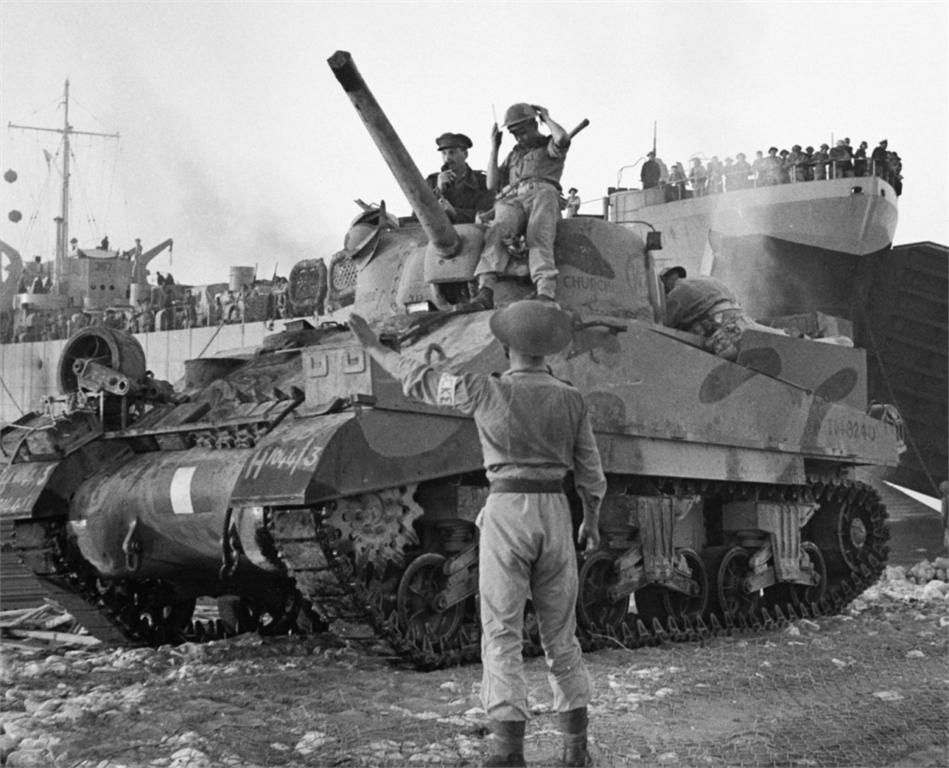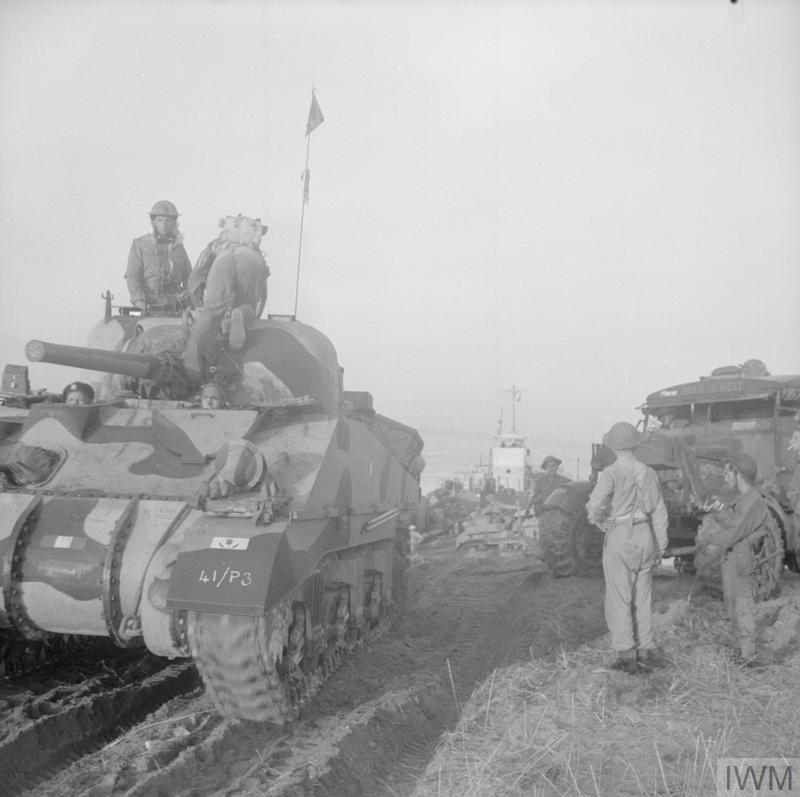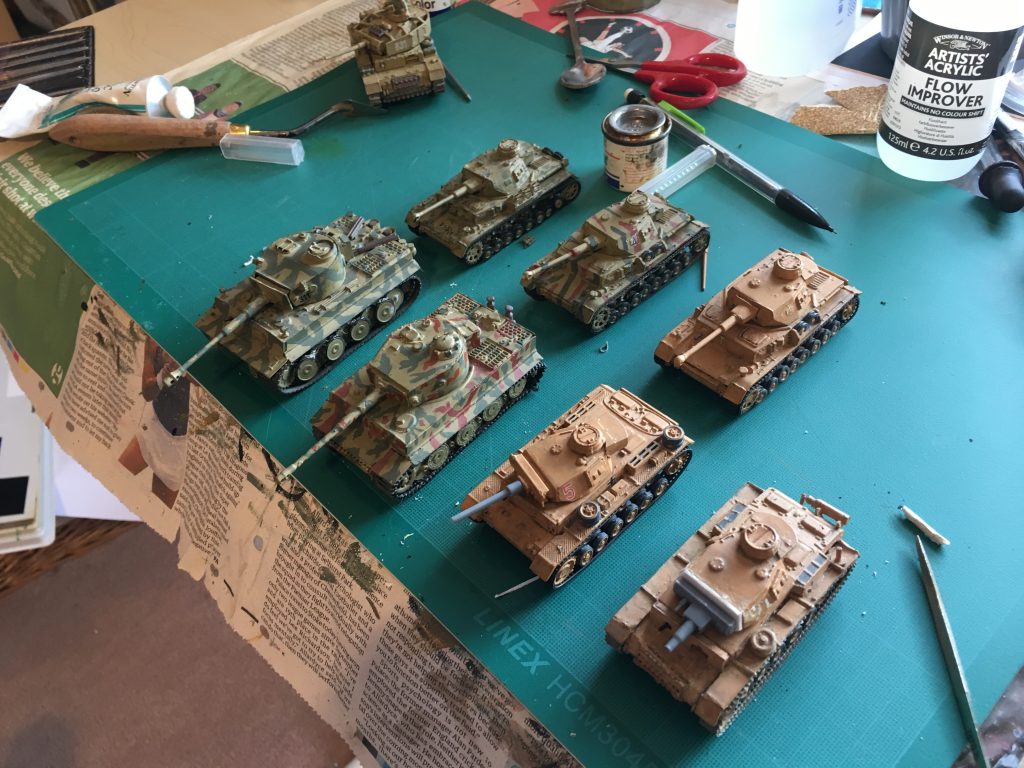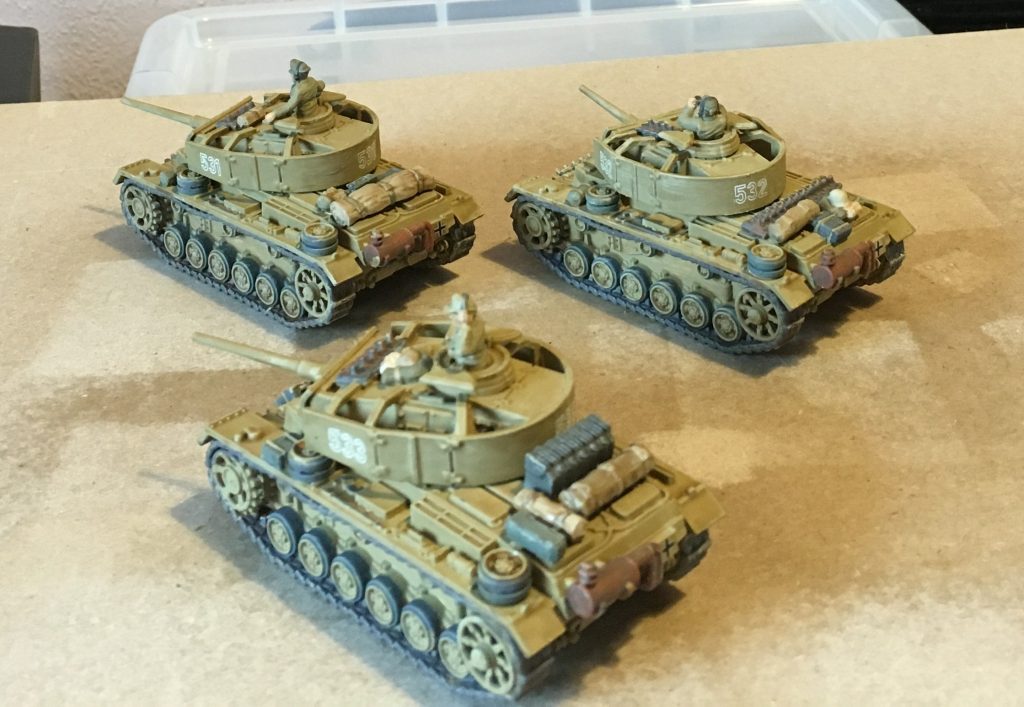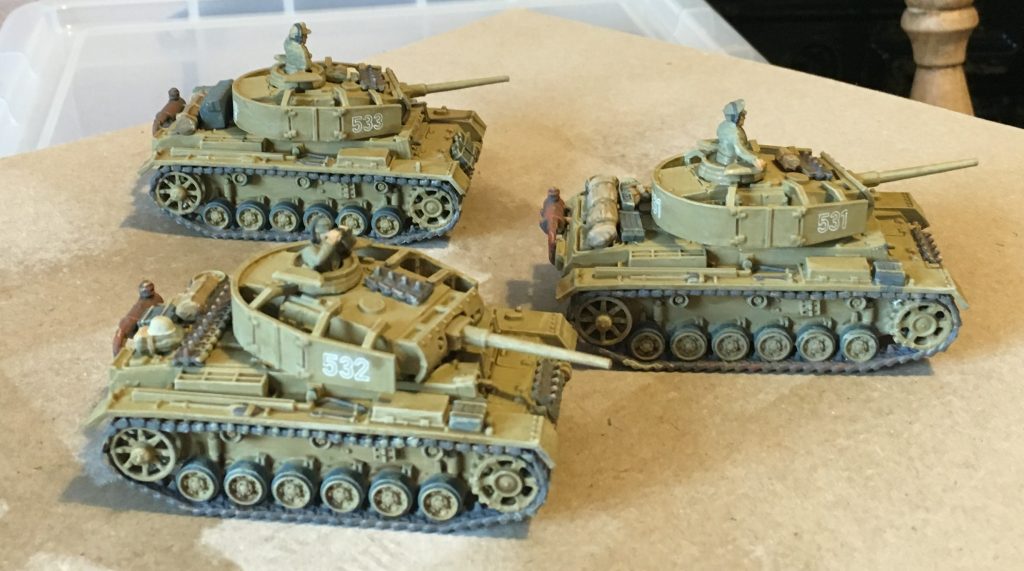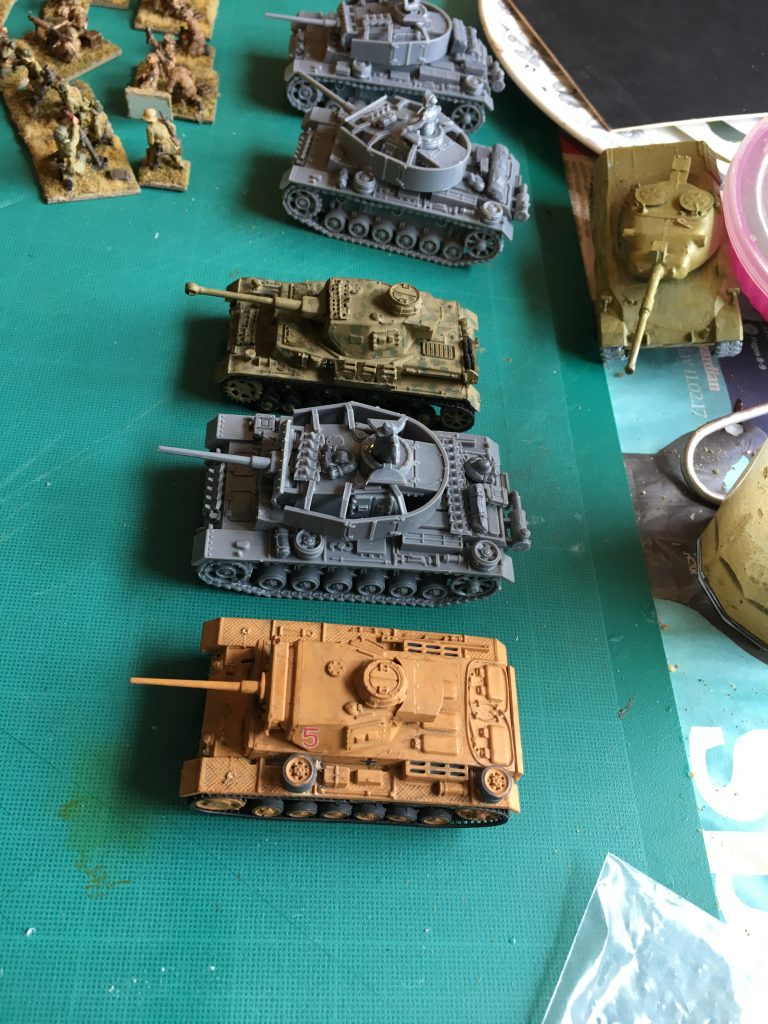One of my current quests is to find rules appropriate for a club night. I’m building my WW2 20mm partly with this in mind. And now that one of my regular gaming gang has come into a job lot of 20mm vehicles and figures (nicely painted), we are in business. I had read quite a bit about the Iron Cross rules in this context. They’re quite cheap, so I thought I would give them a try. We held a trial game last night, with two players a side.
The rules may not cost much (£12), but first sight is distinctly unimpressive. The graphic design is poor. The iconography of the German Iron Cross and ribbon is in your face, on every page. I happen to be wary of the common wargaming fashion for all things German (and especially SS units), and I found this bit much. A second design problem is the fonts chosen for headings: a heavy gothic that’s hard to read, and a rather naff stencil, though this does have a period military resonance. The main font is an inoffensive and perfectly legible Roman, with an italic, though – I’ve seen much worse in wargames publications. The pictures are pretty basic, but that doesn’t bother me. If I ever publish rules of my own I’m unlikely to go to town on pictures, as some (very expensive) sets of rules do. One touch is text boxes adorned by specially drawn pictures of Feldwebel Coburg (Cross of Iron) and Sargent Denver (Band of Brothers) offering advice on how to play. They don’t particularly talk in character, but this device is quite a nice way to break up the text and give the reader a change of angle.
The text is short, just 12 pages of core rules, 4 pages of a game demo, 7 pages of special rules and “orbats”, and 7 pages on scenario rules and design. This is too short as it leaves a lot out (nothing on line of sight, for example). As games master I was often asked things that weren’t in the rules, though at least I knew they weren’t there so didn’t waste time looking things up. However, being stripped down is selling point, as the fashion moves away from the over-complex rules, which the era invites.
How do they play? The core of the rules rests on its activation system. Each players gets command tokens (CTs) at one per unit, plus two more if the commander is still active. You spend these by activating individual units; you can activate the same unit more than once, and interrupt the opposing player, so the initiative flows between the two sides. Once all the CTs are gone, you reset for a new turn. First the downsides. It isn’t intuitive and takes getting used to. Just what is this process of CTs representing? You move some units several times and leave others untouched. Coordinated multiple unit actions are hard. A second issue is that it is serial; you move one unit at a time. This can slow things down; and we struggled a little to make it work in a multiplayer format – though the reviews all suggested that multi-player games worked fine. Never mind, what it does do is produce a very absorbing game which involves both sides throughout. It is this aspect that drives the rules’ popularity. Otherwise the rules proved quite easy to pick up, though, as I will come to, the rules are bit more fiddly than they need to be. I will come to various problems later. But we’ll be giving these rules further outings. Which is frankly better than I expected after a first read through.
The game? A simple meeting encounter between two 1944 period British and German forces, moving into a village – a cross between Portugal and Normandy in appearance (north or central Italy?). The British had one force of tanks (three Sherman 75s and a Firefly) and one of infantry (four half tracks with infantry squads, a mortar and two M10s to give them more AT capability). The Germans had more armour and less infantry, mainly Panzer IVs, with a Panther and a Marder SP gun, among other things. Perhaps unused to the idea of unlimited weapon ranges (these are supposed be quite localised actions), the British lost their Firefly in the first move, and things never really got much better. The Panther’s armour proved too much for the PIAT; the M10s weren’t much cop as substitute tanks, especially when they were dire on activation throws. We British gave up, having lost 4 AFVs to the German one, and an infantry squad (though we did manage to kill an over aggressive anti-tank gun). The casualties weren’t that high for the time played, because we kept missing, and infantry proved quite hard to kill anyway. But all players were drawn in, and started to get used how you are meant to play the rules. Mass charges to try and get all your weaponry into the fight at once don’t work, though it’s how our games in Fistful of TOWs play. Now in open country, like the Western Desert or the plains of Ukraine, there is quite a bit to be said for the mass charge (I remember one German account of how they overcame a Russian force with just such a tactic, properly timed). So these rules probably aren’t appropriate for a wide open table. But in bitty fights amongst lots of terrain: that’s another matter.
Online, there are two criticisms of Iron Cross that don’t worry me much. One is that the army lists are weak. This is a whole side of gaming that I’m not into, the question about whether you buy a Wespe battery in place of a Panzer IV, etc. Points can be used to get a general balance, but the gamesmanship over force composition I don’t get. The books and supplements provide enough, and it is quite easy to fill the gaps using systems with more detailed lists, like Battlegroup. One of the skills of gaming, as in real life< is making the best of what random availability gives you. A second issue is the absence of elite forces in in this rule book. I’m also not bothered by this – I like using mainstream forces. An obsession with SS units, visible in some places, is not something I’m comfortable with. They, and other elites like paratroops, have their place, though, and a free supplement brings them into play.
A third problem I’ve already mentioned: the missing bits. These aren’t so hard to fill in from other sets of rules, though Iron Cross would be a hard set rules to embark on wargaming in this era with. A gamesmaster helps here: but it always does. There are two more serious problems though. The weapons rules are too fiddly, and tactical balance doesn’t feel right.
Like many systems, core rules describe a basic game, with special rules to deal with further details. But Iron Cross gets the balance wrong. The special rules have to cover too much ground; almost every type of unit, other than a basic infantry squad or tank, is covered by the special rules, which then create a web of exceptions and different treatments in the various mechanisms, especially in combat against infantry. And the main rules turn out to tucked full of little exceptions here and there. The published quick reference sheets don’t cover any of this, so are pretty useless. I designed one of my own (though without flamethrowers). This is begging for a bit of redesign, and I’m not going to resist. Too much complexity is a puzzling mistake for a set of stripped down rules to make.
Tactical balance is a matter of opinion. Different players get worked up about different things. The Tiny Hordes blog thinks that Iron Cross doesn’t get infantry v. tanks balance right, with the tanks too strong, and also that infantry should get a penalty for moving and firing. So much that he fixed these with house rules before his first game. But I didn’t see these issues mentioned in other online sources. One problem does come up regularly: infantry squads are too resilient. Mostly this is in fact OK: infantry tends to get pinned down rather than wiped out. But when two squads get into base contact you expect things to happen more quickly: there are no close combat rules. In our game, a German squad went right up to a British one, and fired a set of blanks. The British calmly escaped. Well you can rationalise that, but a close combat mechanism is a common house modification, and seems to rebalance things a bit.
A couple of other points came up in our game, and in the forums. Side armour is very easy to hit compared to other sets of rules. In fact this would involve striking such armour at a very acute angle, which is not good for penetration. A 30 degree or even 45 degree rule would be better, or perhaps something even stricter. Likewise the effect of cover on fire is to reduce damage; this works fine for infantry targets, but not for anti-vehicle fire – where surely it reduces the chance of a hit capable of penetration? Mortars are very expensive on CTs to use. Actually I’m going to be patient on this. To use mortars you have to keep the rest of your activity down; that isn’t necessarily unrealistic – this underlies the point about these rules that you have to think about what you want to do, rather than just throwing in the kitchen sink every time.
The answer to so many of these problems is house rules. This is part of the hobby I enjoy I shall be developing a pretty comprehensive set. I suspect that this the way a lot of gamers have gone. The user forum is useful, but has gone very quiet. The two posts in 2018 are unanswered questions. People seem to be going there own way.
